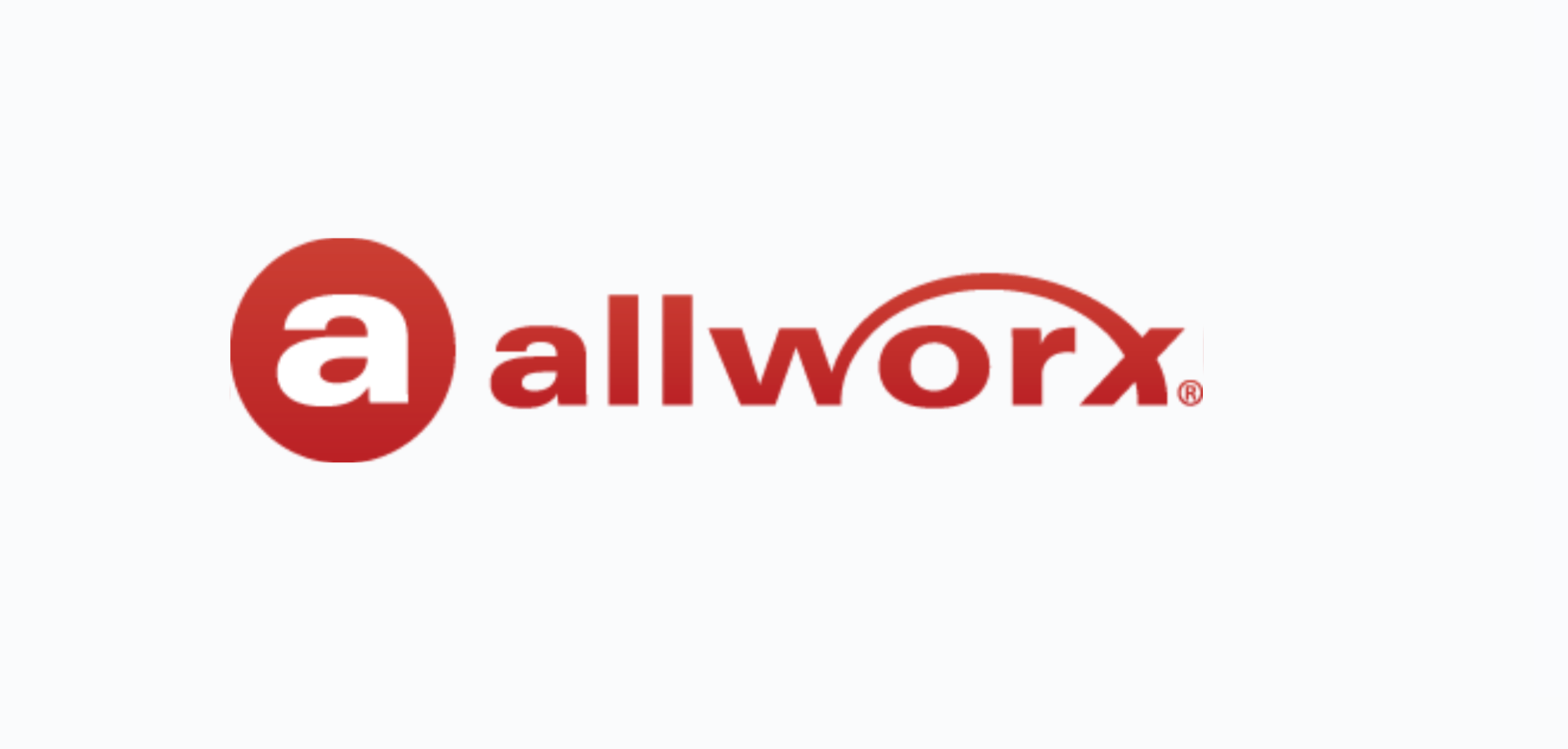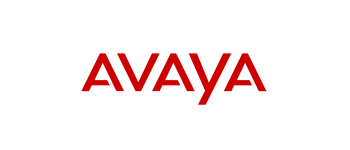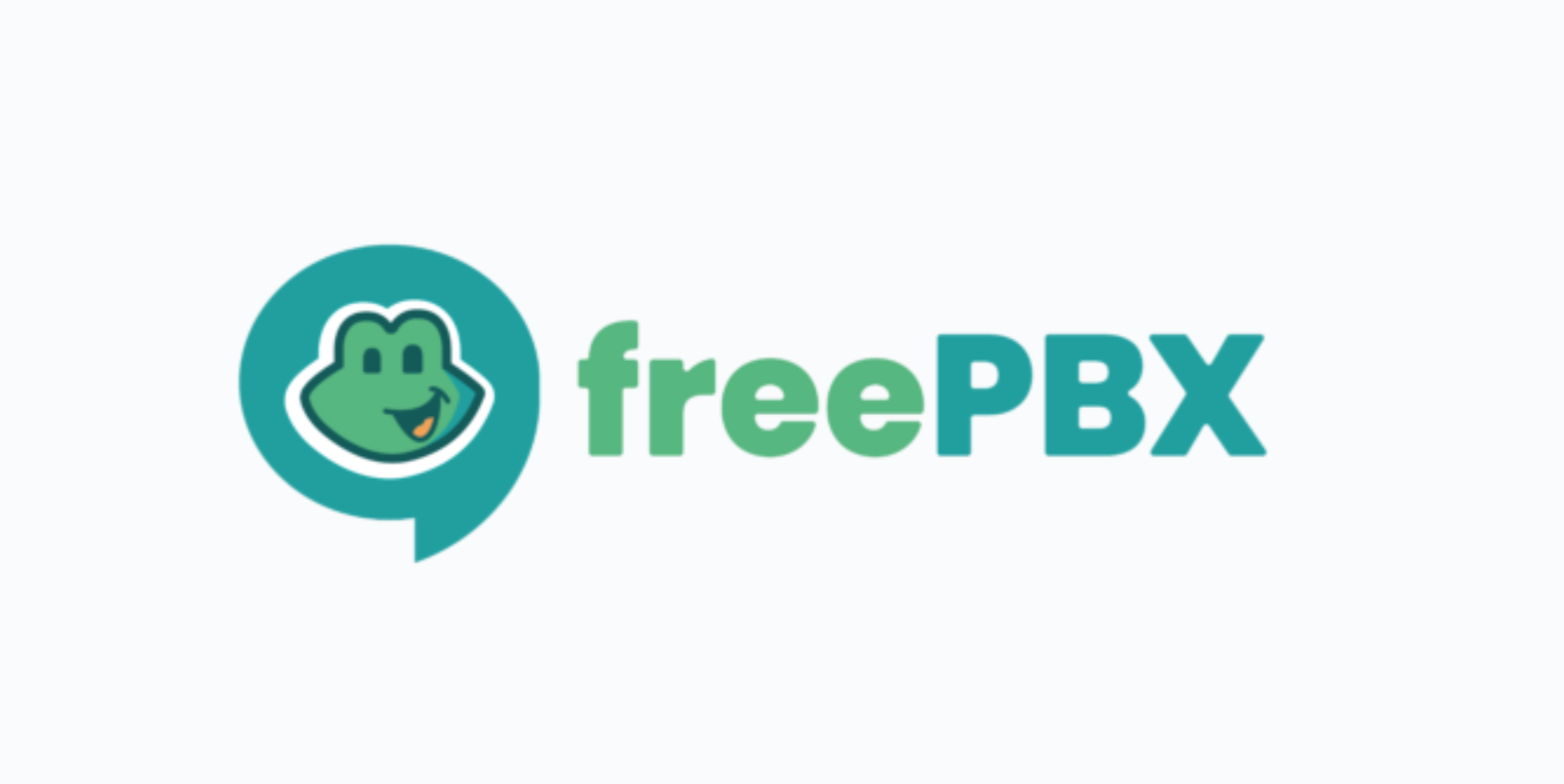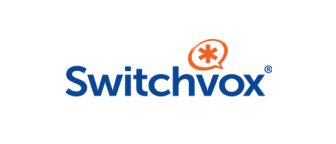Bring your PBX to the cloud — the easy way.
SIP trunking providers aren’t the same. Nextiva’s business voice network is built for reliability. There’s no new equipment needed.
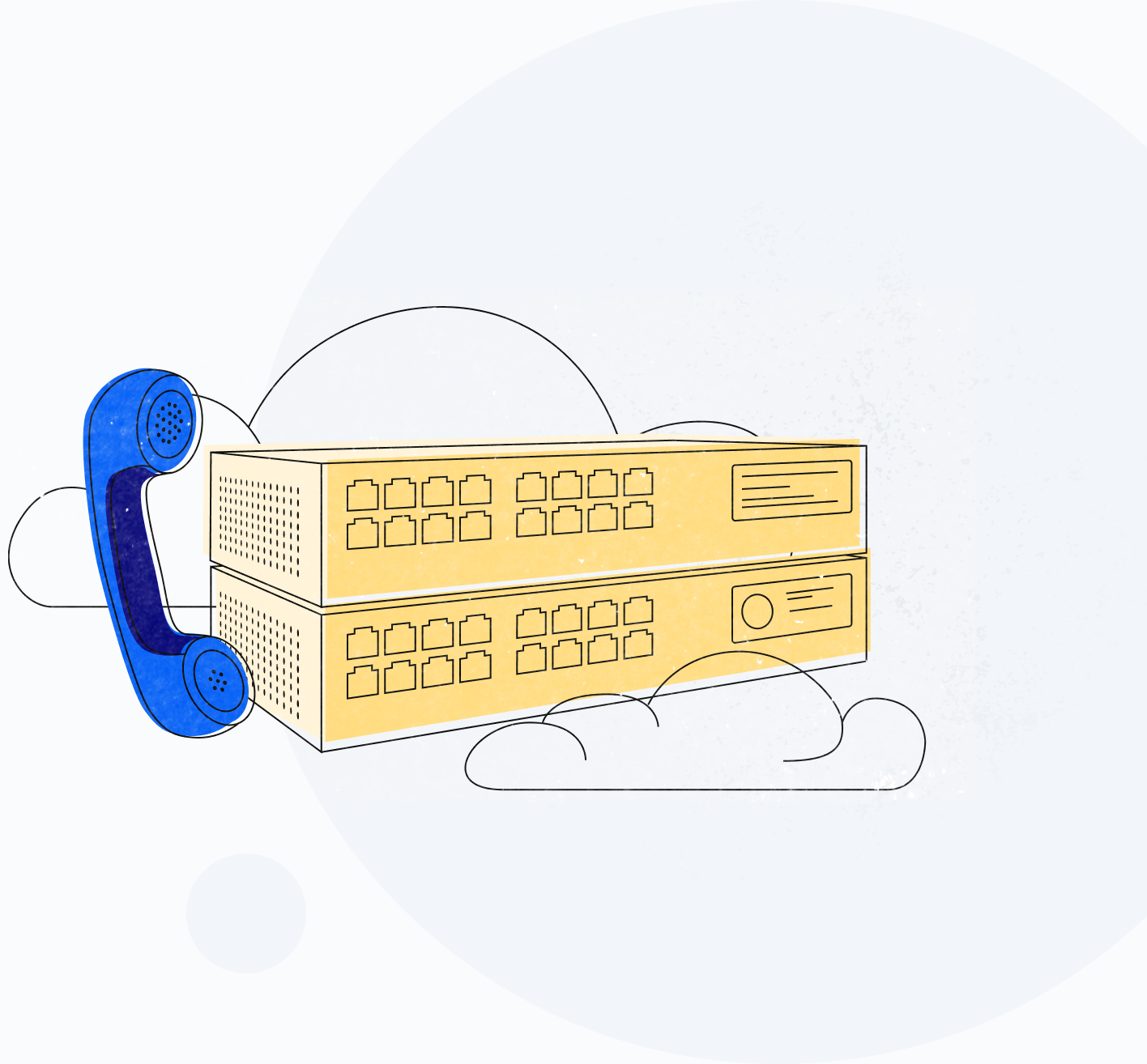
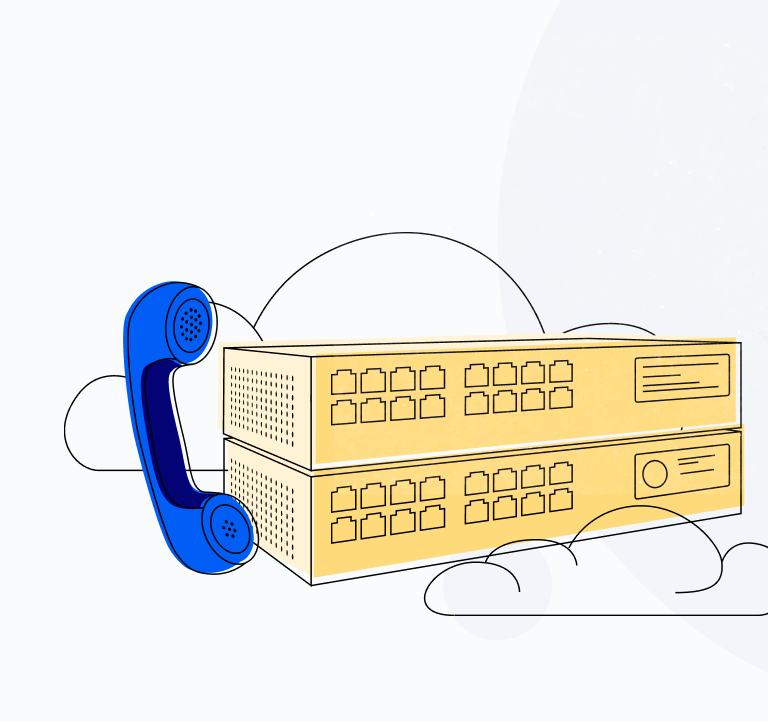
Nextiva Supports every major PBX system:
What is SIP trunking?
A SIP trunk provides voice connectivity to the telephone network by only using an internet connection. Based on the Session Initiation Protocol, SIP trunks handle a high volume of inbound or outbound calls using a Private Branch Exchange (PBX) server.
Why go with a SIP trunk?

Scalable voice
Easily add trunks, channels, and DIDs as you grow.

Cloud redundancy
Eight U.S. data centers give you superior call reliability.

Flexible pricing
SIP trunk pricing that saves you more on business voice.
Get more from your PBX with SIP trunking.
Carrier-grade PSTN connectivity. Easy setup. No code needed.






Flexible SIP trunk pricing
Unlimited calling. Affordable trunking. Why not both?
plus $0.008 per minute
- 100 minutes included
- Fast, free account setup
- Eight U.S. points of presence
- Award-winning 24/7 support
Unlimited calls nationwide
- No per-minute charges
- Toll-free number included
- Scale up as you need
- Volume discounts available
Got pricing questions?
HOW IT WORKS
Start using SIP trunks in four steps.
Get a personalized quote.
Get a custom quote for SIP trunk pricing. Even if you’re just getting started, no problem. Your quote reflects all taxes and fees.
Check your compatibility.
Our SIP trunking solution works with dozens of popular IP PBX systems. We’ll confirm your hardware works with us
Select or port numbers.
We’ll gather your needs, including extra phone numbers (DIDs) and toll-free numbers. You're supported at every step.
Establish PBX connectivity.
You’ll receive your credentials to manage your SIP service. From there, begin placing calls using our SIP trunking infrastructure.
The most successful brands trust Nextiva:


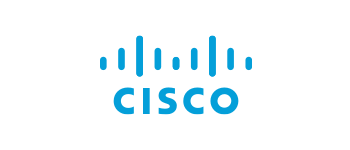




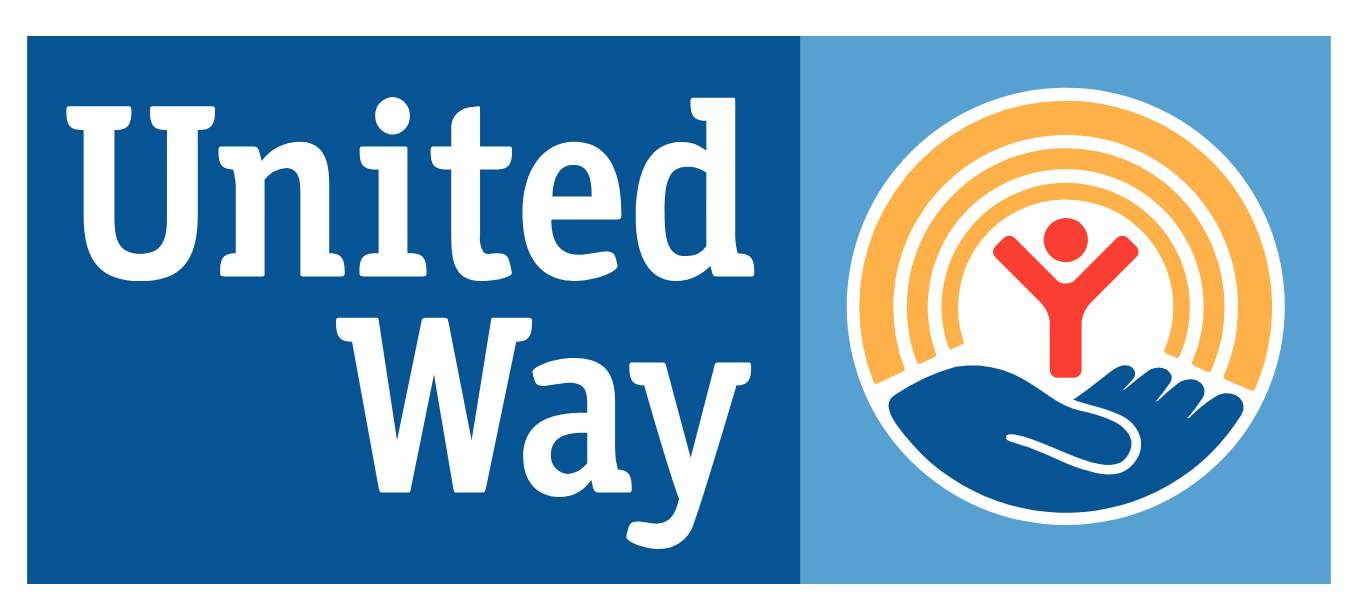
Main advantages of SIP trunking
Checklist (Choose SIP trunking options only if you answer ‘yes’ to the following questions. Otherwise click here):
Differences between Hosted PBX vs SIP Trunking
SIP trunking: pros and cons
Pros:
- Cost effective for teams with LOW call volumes. Only pay for what you use.
- Makes sense for businesses who recently invested in premise-based equipment.
- Hands-on for installation and maintenance, for those who know what they want.
- Device and hardware agnostic.
Cons:
- May require knowledgeable IT experts to handle maintenance, outages issues, installation, and general technical support.
- Not a viable solution for call centers or high-volume companies.
- Requires PBX solution (hardware/software), which often comes with big upfront costs and ongoing investments.
How SIP trunking compares to business VoIP ?
Not sure about whether SIP trunking is right for
you? Here’s a simple comparison.
1 Metered SIP trunking pricing varies, see pricing table.
2 Nextiva Essential plan for 100 users with an annual agreement.
3 Add-on feature or bundled with available plans.
Nextiva is the last SIP trunk provider you’ll ever need.
IT professionals choose Nextiva over other SIP trunking
providers for these reasons:
The secret’s out. Try the best SIP trunk provider today.
Nextiva uses the information you provide to us to contact you about our relevant content, products, and services. You may unsubscribe at any time. For more information, check out our Privacy Policy.
2 Billion+
Calls on our network
100,000+
Happy customers
1,000+
Global employees
SIP Trunking FAQs
How much do SIP trunks cost?
You can expect to pay between $15-25 per month for each line depending on the calling plan.
SIP trunks are sold in metered (pay-as-you-go) or unlimited plans. Some SIP trunk providers charge extra for account setup, support, and porting, but Nextiva includes these for free.
If you have a high call volume like a call center, you could save a lot with the unlimited plan. However, if you just need phone service connectivity with light use, then the metered SIP trunking solution is for you.
Head over to our blog for more information on SIP trunk costs.
Is it easy to move phone numbers to Nextiva?
Yes, you can use any phone number with Nextiva’s SIP trunking service. The process of transferring phone numbers is known as porting. You can port landline, toll-free, cell phone, and VoIP numbers.
Nextiva offers free number porting with every account. For faster setup, we’ll provide you with temporary phone numbers until the port is complete.
Unlike Twilio’s Elastic SIP trunking, there’s no need to learn APIs or hire a developer to enjoy reliable IP telephony.
What’s the difference between SIP and VoIP?
SIP is short for Session Initiation Protocol. It’s a universal standard for managing real-time multimedia between users. It can be used for real-time audio, video conferencing, and instant messages.
Voice over Internet Protocol (VoIP) relies on SIP for reliable call routing. Business VoIP often refers to the complete phone system for expanded telecom functionality like call recording.
If you have an IP PBX, you’re ready to take advantage of the scalability of SIP trunking.
Why is SIP trunking better than PRI?
Primary Rate Interface (PRI) is a legacy technology that requires physical wiring from the local telephone company. It supports up to 23 concurrent calls per circuit.
SIP trunks offer greater flexibility than PRI by connecting calls over the internet using an internet connection. It handles as many concurrent calls as your PBX and bandwidth supports.
IT pros enjoy SIP trunk services because they maintain full control of their PBX and pair it with the scalability of the cloud. No on-site installation or troubleshooting obsolete hardware, either.
The bottom line is SIP trunking is the best alternative to analog phone lines. Nextiva’s reliable VoIP network connected more than 1 billion calls last year alone.
What do I need to use SIP trunking?
All you need to use SIP trunking is access to manage your Private Branch Exchange (PBX). From there, simply add the credentials from your SIP trunking provider to connect it to the cloud.
Some PBXs might require extra setup. Nextiva provides free assistance to get you up and running. Nextiva is compatible with almost every IP PBX system, including Avaya, Asterisk, Cisco, 3CX, FreePBX, and Mitel.
If you want additional DIDs, toll-free numbers, or call paths, let us know when we prepare your personalized quote.
Does Nextiva offer monthly or annual plans?
Yes, Nextiva offers simple and flexible SIP trunk pricing to meet your needs. For additional savings, you may qualify for a lower rate with an annual agreement.
Unmetered plans provide unlimited outbound and inbound calling in the United States, Canada, and Puerto Rico.
If you’re on a metered plan, you will pay the following month for usage, including inbound toll-free calls.
How many calls can a SIP Trunk handle?
You purchase call paths, so essentially, your PBX should be able to handle however many call paths you purchase. However, we do have usage limitations, please review our policy for that.
How does SIP protocol work?
SIP calls work exactly the same way any phone call works. The only difference is you have to have an internet connection and you aren’t able to make more calls than you have purchased call paths.
How many SIP trunks do I need?
Often you only need one SIP trunk per team or location, however you will need to define the amount of sessions you need based on the amount of calls your business will receive simultaneously. For example, if you buy 20 sessions and set them up in one trunk, users under that trunk will only have the handling capability for 20 total calls in or out. Additional call attempts will hear a busy signal. Don’t worry though, we can help!
What ports do SIP trunks use?
Typically, SIP trunks use port 5060.

















